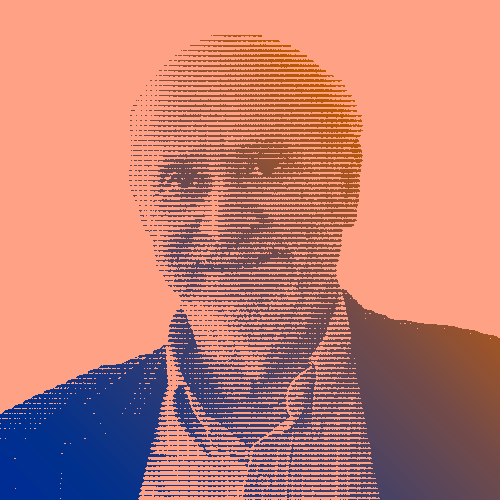Hype surrounding AI has peaked and waned over the years as the abilities of the technology are overestimated and reevaluated. The peaks, or AI summers, see innovation and investment. The troughs, or AI winters, experience reduced interest and funding.
The term AI winter first appeared in 1984 as the topic of a public debate at the annual meeting of the American Association of Artificial Intelligence (AAAI). It referred to hype generated by over promises from developers, unrealistically high expectations from end users, and extensive media promotion.
“AI winters were not due to imagination traps, but due to lack of imaginations. Imaginations bring order out of chaos. Deep learning with deep imagination is the road map to AI springs and AI autumns.”
Amit Ray
In the 1950s, Alan Turing arbitrarily set the standard for what could be regarded as a “thinking machine” — what some might call artificial intelligence (AI) today. He suggested the imitation game test whereby a computer would have to be indistinguishable from a human. Since then, a vision of AI that replaces humanity has frequently discouraged new funding, while the reality of just how far AI is from passing the Turing Test can generate disappointment.
Golden Years and Stumbling Blocks
AI was initially developed at a rapid pace in the 1950s and the 1960s, with impetus from the Dartmouth Summer Research Project. However, disappointing progress led to an AI winter from the 1970s to the 1990s. Despite a short revival in the early 1980s, R&D shifted to other fields. Enthusiasm and optimism about AI have increased since this low point. From 2012, renewed interest in AI and machine learning from both researchers and businesses has led to a dramatic increase in funding and investment.
AI now largely seeks to specialize in specific tasks through techniques like deep learning. AI machines can teach themselves how to get better at an array of activities from recognizing the content of images to anticipating your next action on a mobile device. So far, these successes have pushed off the arrival of another AI winter, largely because they are commercially viable.
The Turing Test lives on.
Key Dates
-
1956
1956–1974: The Golden Years
During the Golden Years of AI, the programs – including computers solving algebra word problems and learning to speak English – seem "astonishing" to most people.
-
1974
1974–1980: 20th Century AI Winter
The first AI winter occurs as the capabilities of AI programs remain limited, mostly due to the lack of computing power at the time. They can still only handle trivial versions of the problems they were supposed to solve.
-
1987
1987–1993: A Renewed Interest
The business community's fascination and expectations of AI, particularly expert systems, rise. But they are quickly confronted by the reality of their limitations.




